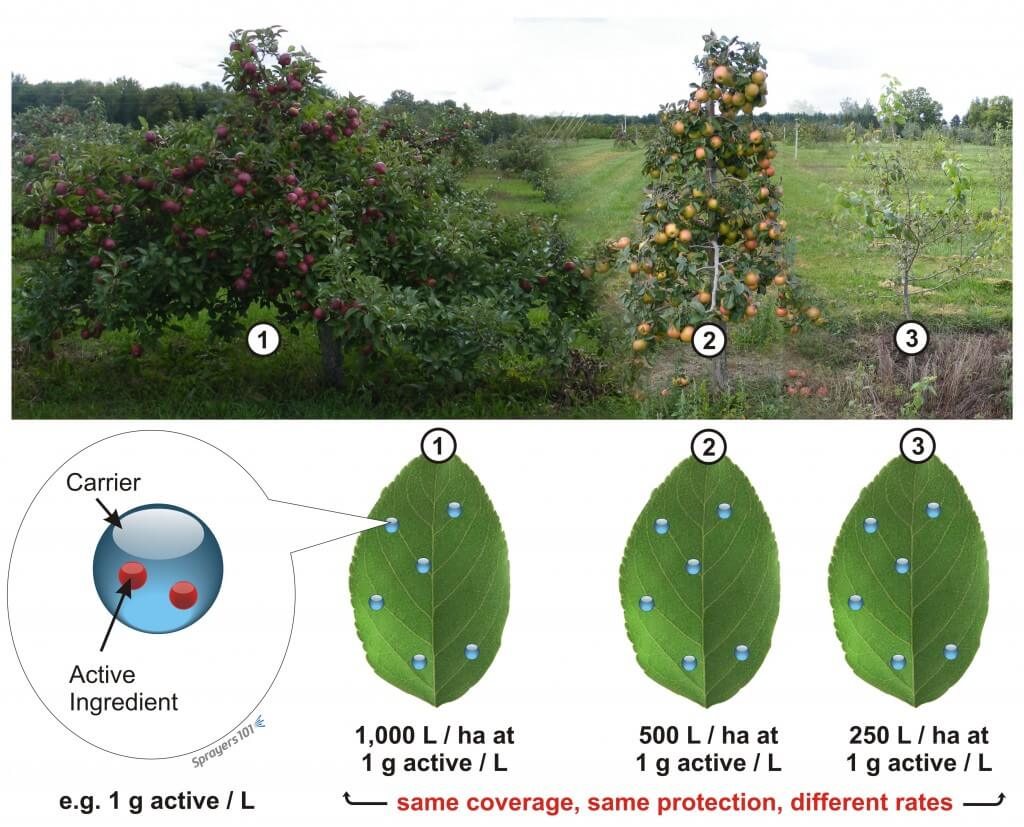
This case study is taking place on a 15 acre highbush blueberry operation in southern Ontario. In 2016, considerable pressure from spotted-wing drosophila (SWD) prompted the growers to make changes to their crop management practices and their spray program. They employed a three-pronged approach to improving crop protection: We have been tracking pesticide use, water […]
Read More… from Crop-Adapted Spraying – A Multiyear Study in Highbush Blueberry (2023 Update)

